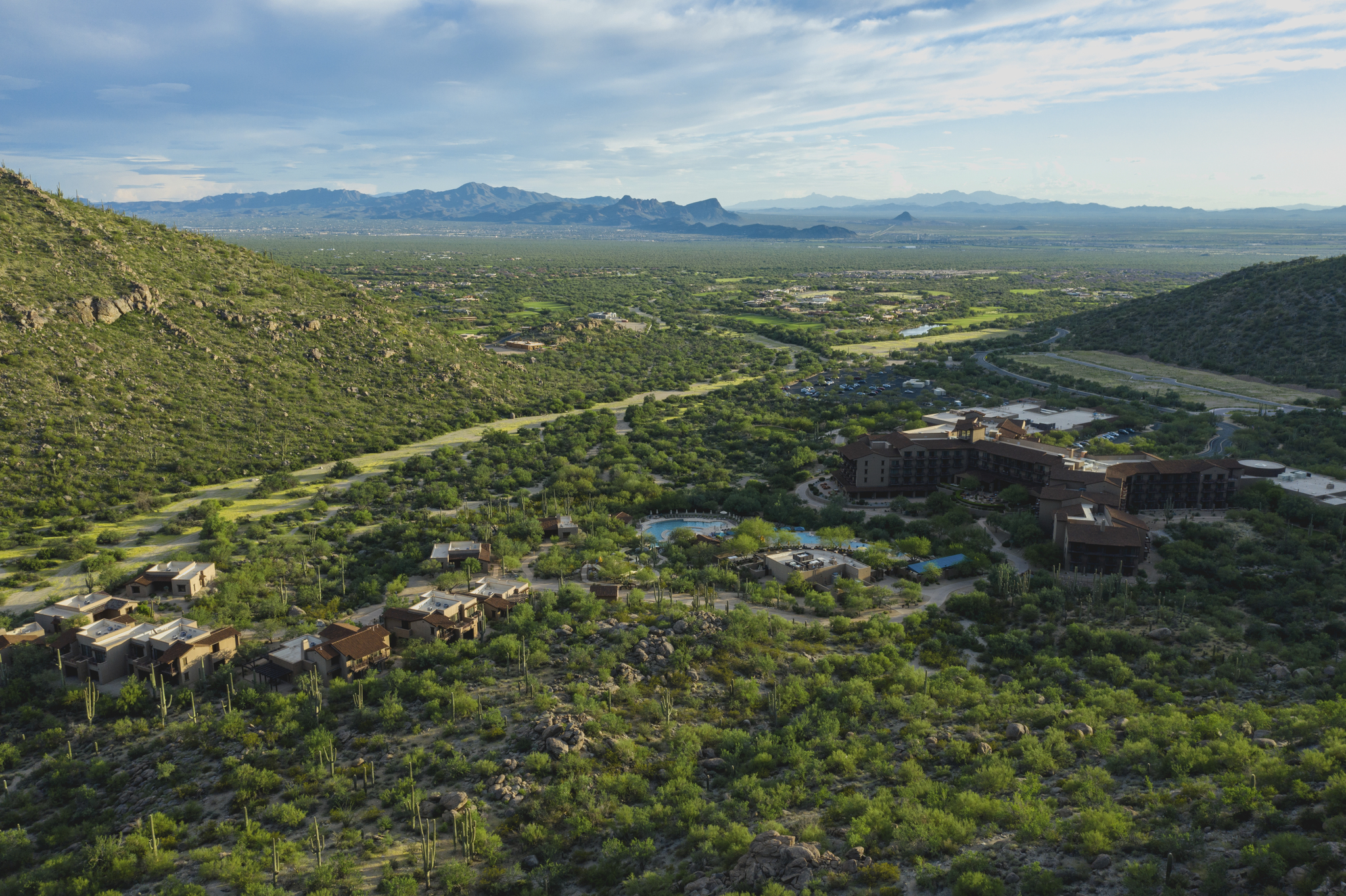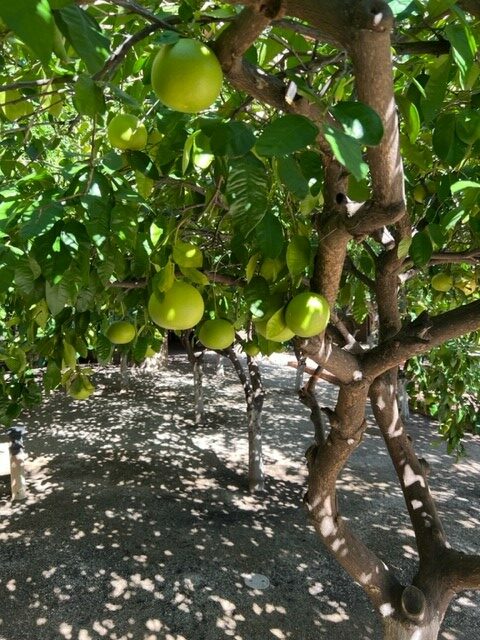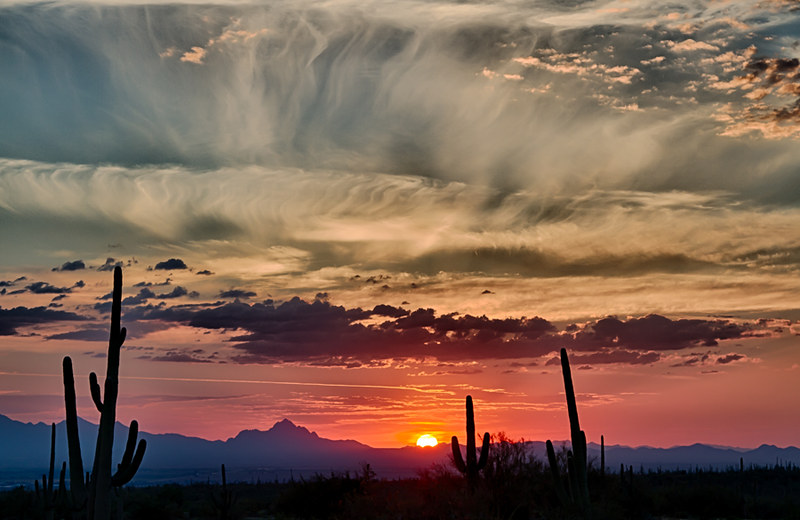Likely anyone who has ever lived in or visited Arizona knows that the state has a lot to offer. For locals and tourists alike, it’s not hard to find something to see or do. But even in Arizona, some places simply stand out, and the town of Marana is one of them.
Situated northwest of Tucson, just sixty miles north of the Mexican border, Marana exists in a kind of Goldilocks zone—not too big, not too small, steeped in natural beauty and still able to remain unspoiled. Marana has a certain magic and a wealth of resources both natural and human-made. The town has parlayed all of this into recent successes that have made it one of the preeminent tourist destinations in the Southwest.
But what accounts for this synergy? The best explanation can be summed up with one word: variety. Many tourist locations can claim only a few attractions, but Marana boasts a great deal more than that. This is also a destination with a demonstrated commitment to sustainable practices and a common-sense approach to locally sourced agri-business. The city’s first-rate tourism website, www.discovermarana.org, highlights most of these attractions and some well-designed tours for those who are just discovering Marana. It’s a great starting point for exploration of this gem of a town.
The tourist Mecca that Marana has become is a relatively recent development. Long known for its agriculture (Native American tribes had been cultivating crops in the area for at least a thousand years), the area began to see a surge in development in the 1990s. The focus on sustainability and organic farming came later; after all, even Rome wasn’t built in a day.

Agriculture and Farm-to-Table Cuisine
The choice of where to begin any adventure in Marana of course depends upon the personal tastes of the adventurer. For a home base, though, you simply can’t beat The Ritz-Carlton Dove Mountain, a picturesque resort nestled in the desert hills, and which also happens to be the only five-star, five-diamond rated resort in Southern Arizona. “Ritz Carlton’s commitment to personalized service is what separates us from other hotels. But it offers sustainable services, as well. We keep the focus on the things that are important,” says Michael Aylmer, Director of Sales and Marketing. Some of Dove Mountain’s efforts include replacing single-use toiletries with refillable ones, a robust recycling program, purchasing sustainable seafood, and replacing incandescent bulbs with LEDs. Saguaro cacti line the walkways, and the views from the luxury casitas offer an unsurpassed rustic beauty. Many culinary options feature locally sourced and organically grown grains and produce. The resort cultivates its own ‘microgreens,’ and a citrus orchard on site produces several varieties of oranges. Executive Chef Carlos Sierra makes a concerted effort to include indigenous ingredients in his cuisine, such as mesquite flour and prickly pear cactus.
The themes of “local and organic” are now deeply ingrained in Marana culture, and you don’t have to look far to find numerous examples. Following this thread, one could easily delve into the interconnectedness of Marana’s producers and consumers, connecting the various dots. The restaurants at Dove Mountain serve dishes featuring ingredients produced by local farmers, as well as Catalina Brewing Company beer crafted with White Sonoran wheat. In 2016, owner Don Guerra was named one of the Top Ten Bakers in America by Dessert Professionals magazine. He also received the Leveraging Your Localness award from Bite Magazine, Good Food Finder USA and Local First Arizona.
The desert around Marana, while not an obvious environment for agriculture, is actually ideally suited for it. The area boasts cotton fields, Sonoran wheat, and agave. “Agricultural heritage kind of drives our brand identity,” says Ryan Wissmann, Economic Development Specialist for the town. “We’ve come to embrace it.”

Life in the Heart of the Desert
Marana residents are an active and welcoming lot who are proud of their community. The town puts on four signature events each year in addition to a few smaller ones, showcasing all that makes Marana such a special place. “We want guests to walk away thinking this was one of the best events they have ever attended and then come back to the next one,” says Shelby Scheer, Special Events Supervisor for the Parks and Recreation department. “We want our event locations to be memorable, so guests become better acclimated with the town and are able to become ambassadors.” Word spreads quickly when people enjoy their adventures.
And there are so many adventures to be found in Marana! Outside of the town itself, there are over 100 miles of hiking and biking trails. The wildlife appreciation opportunities are some of the most renowned in the country. The El Rio preserve alone is a magnet for birders. People come in large numbers just for that experience, following the wave of eco-tourism that grows more popular every year.
For those who want to explore the region’s history and archeology, the area around Marana has a remarkable number of Native American sites, petroglyphs, ancient cultivation centers, and ruins such as Casa Grande and remnants of the Hohokam civilization. Guided tours are offered, often led by native guides and ASM archaeologists and ethnohistorians. Contact the Discover Marana Visitor Center inside the Marana Chamber Office for more information.

Looking to the Future
The challenges of remaining relevant while conserving natural resources can be tricky. Great strides have been made in water conservation and preservation, but agriculture will always be a major source of water consumption, especially in a desert environment. “I think we’re in a great position as far as water goes,” Wissmann explains. “But we have to be careful.” And with national attention comes higher demand and more pressure on local resources. “It’s a difficult balancing act,” says Wissmann. “As the town develops, you have to consider the needs of agriculture along with tourism. We must maintain the thing that makes people want to come here.”





